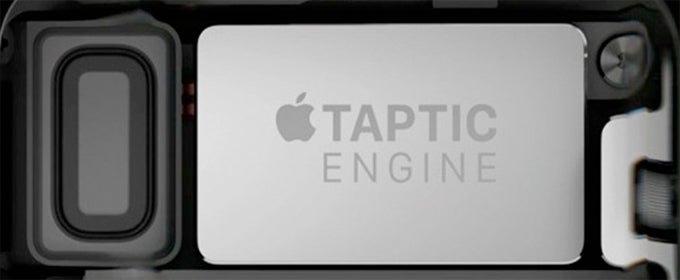One of the big idiosyncrasies of today's smartphones, and one that is rarely discussed, is how each model vibrates in its own, distinctive way when ringing or receiving notifications. Each phone feels and sounds different when buzzing in your hand or pocket, or when left on a hard flat surface, such as the desk at your office. This, of course, comes down partially to their structural features — both interior and exterior — the materials used in the build and how well put together the whole thing is. These factors, combined with the specifics of the feedback source — that surprisingly small motor inside your phone — can be the difference between getting annoyed looks from your coworkers when your phone begins its short, vibrant stroll around your desk for the fiftieth time that day (thus forcing you to keep it on a pad of post-it notes), and nobody ever noticing its quiet buzz.
Up until now, the haptic feedback of most phones was handled by either a rotary motor with an off-balanced weight, or more recently, a coin vibration motor (a.k.a pancake motor). With Apple's introduction of the Taptic Engine, however, things are likely to change a bit in the near future. Designed to bridge the digital-physical divide, the Taptic Engine is capable of replicating tactile sensations unlike any other device of its kind, such as providing feedback with varying levels of intensity when using Force Touch, or even simulating motion when pressing iPhone 7's new solid-state home button. It is also responsible for syncing the iPhone 7's vibration patterns to the ringtone, as well as for the overall solid feel of the phone's haptic feedback.
We are now getting our first glimpse at what exactly is driving the feedback system inside the Google Pixel and Pixel XL. Similar to the Taptic Engine, it is a linear actutator, although much smaller in size, that makes the Pixel phones buzz. In the video below, you will see the two devices in motion, and how the Taptic Engine relies on shorter, more precise movements, while the smaller motor in Google's phone sways side to side more aggressively and with greater rapidity. Still, the Pixel and Pixel XL pack some of the better motors out there, making the phones' haptic feedback well-pronounced and solid, while keeping it quiet and unobtrusive at the same time. In terms of precision, however, it has a lot of catching up to do.




Things that are NOT allowed:
To help keep our community safe and free from spam, we apply temporary limits to newly created accounts: